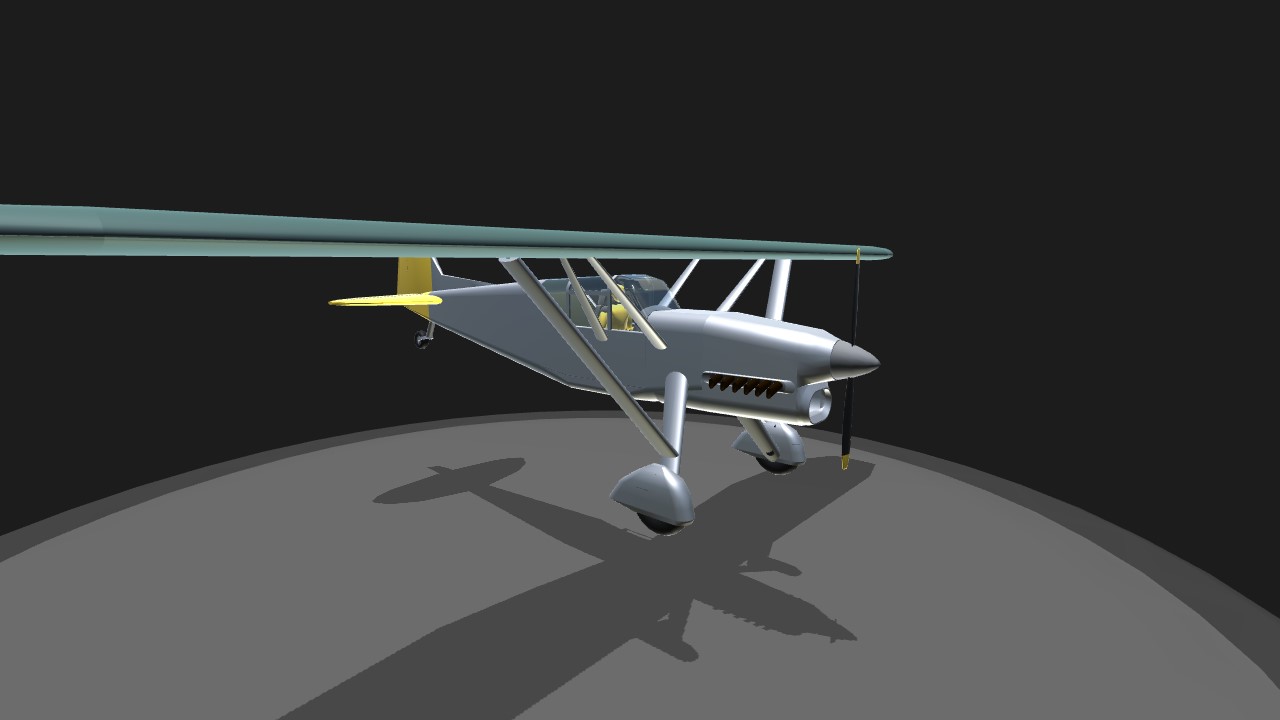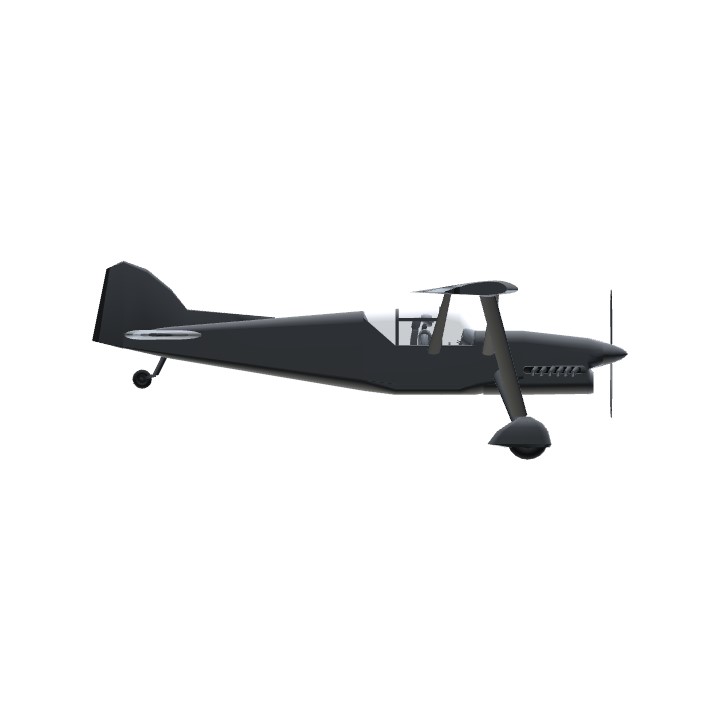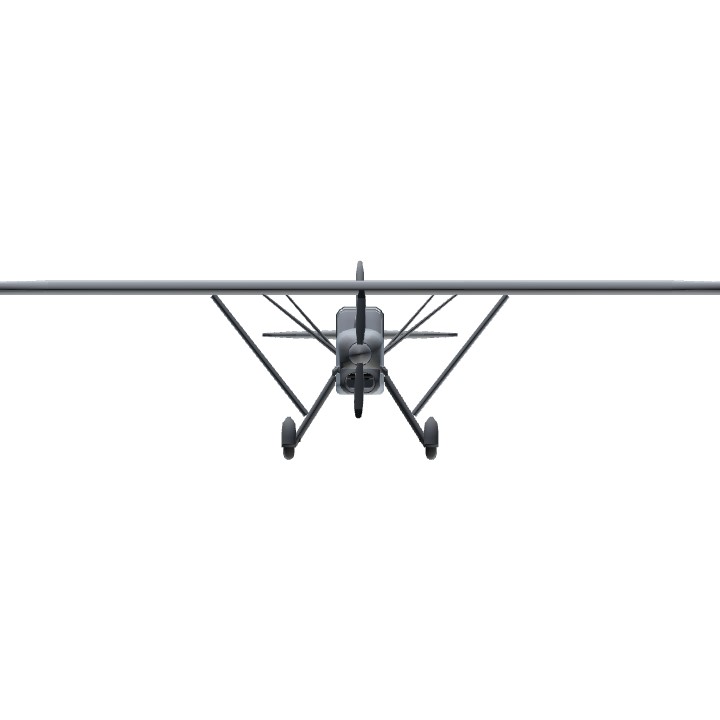Specifications
General Characteristics
- Created On Windows
- Wingspan 36.9ft (11.3m)
- Length 27.5ft (8.4m)
- Height 10.2ft (3.1m)
- Empty Weight 2,944lbs (1,335kg)
- Loaded Weight 3,281lbs (1,488kg)
Performance
- Horse Power/Weight Ratio 0.121
- Wing Loading 5.7lbs/ft2 (27.7kg/m2)
- Wing Area 577.9ft2 (53.7m2)
- Drag Points 2796
Parts
- Number of Parts 177
- Control Surfaces 6
- Performance Cost 904





everyone in this comment section (except me) has been reported and will be banned soon
@Dragoranos watch yo tone mf
(except me)
ohno
smh my head
Ok just stop trying okay
nooooo dont report plisss
oh please no
@Mei_IrizakiTheAnnoyingOne >:((((((((((
HEHEHEHEHEHE